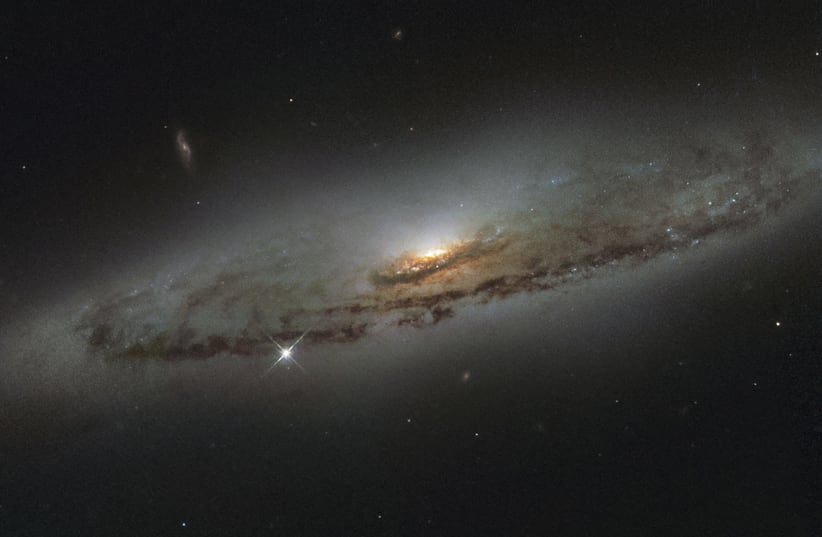Galaxies die when the stars that live in them stop forming.
Known as ID2299, the galaxy's extinction was most likely caused by a collision with another galaxy, which eventually merged to create ID2299, the study reported.
The telling evidence that a collision may have led to a loss of gas is a tidal tail, which is a long stream of gas and stars that extends out into space after two galaxies come together in a collision, CNN said, citing the study.
The researchers observed the galaxy ejecting almost half of the gas it uses to form stars, losing some 10,000 Suns-worth of gas each year, meaning that it is running out of fuel to make new stars by removing 46% of the galaxy's total cold gas so far.
It has now lost nearly half of that gas, and because it is still creating stars at a rate hundreds of times faster than our own Milky, ID2299 will likely take a few tens of million years to die.
The study, led by Annagrazia Puglisi, a lead study researcher and postdoctoral research associate from Durham University in the UK and the Saclay Nuclear Research Centre in France, was published on Monday in the journal Nature Astronomy.
"This is the first time we have observed a typical massive star-forming galaxy in the distant Universe about to 'die' because of a massive cold gas ejection," Puglisi said in a statement, according to CNN."Our study suggests that gas ejections can be produced by mergers and that winds and tidal tails can appear very similar," said Emanuele Daddi, study co-author and astronomer at Saclay. "This might lead us to revise our understanding of how galaxies 'die.'"
The astronomers captured this rare observation using the Atacama Large Millimeter/submillimeter Array of telescopes in Chile.
According to the study, the light from this galaxy has taken about nine billion years to reach Earth, meaning that, since the universe is 14 billion years old, astronomers are observing how it appeared when it was only 4.5 billion years old.
